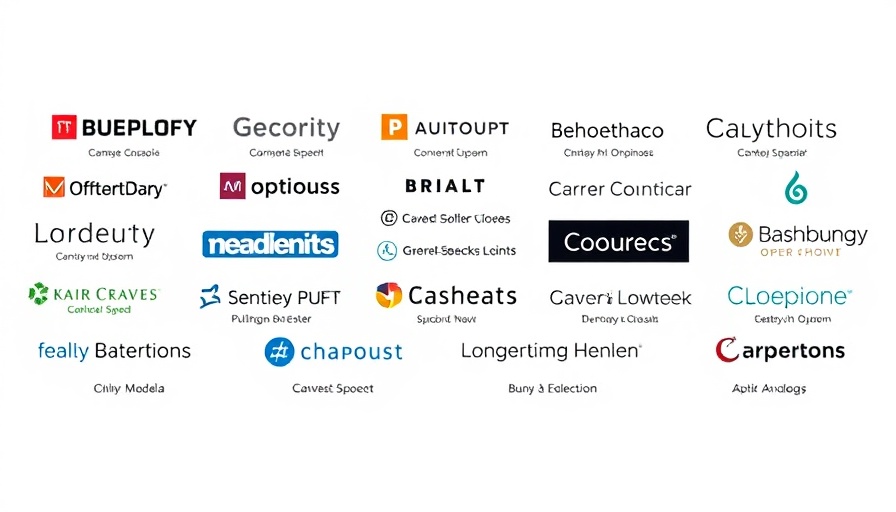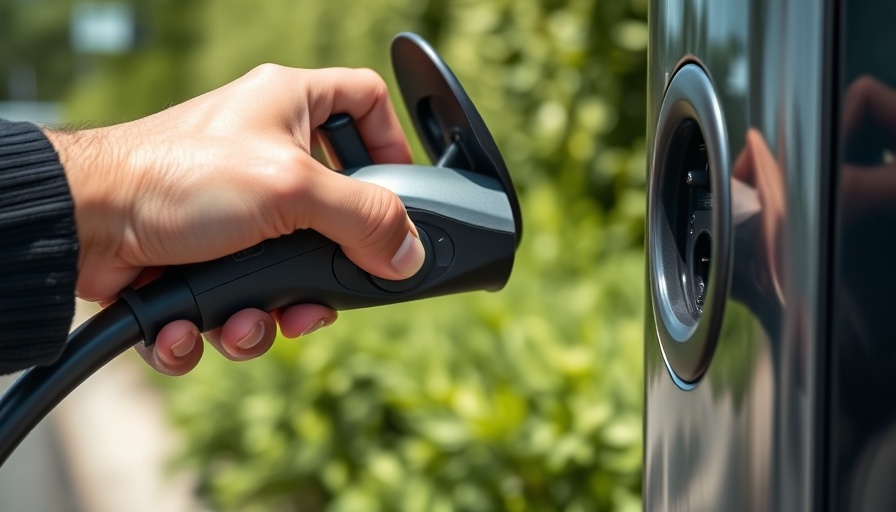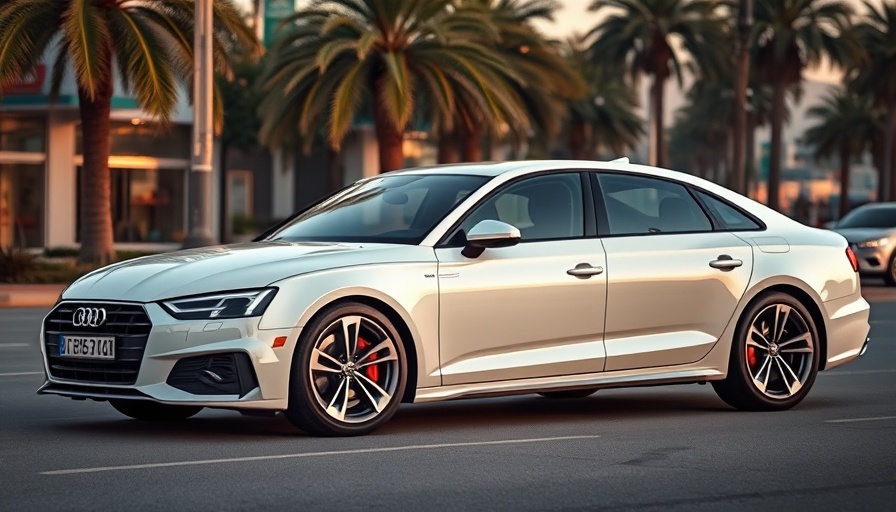
The Automotive Industry is at a Crossroads
The European automotive sector is undergoing unprecedented changes, marking what many believe could be the most crucial transformation in its history. Advancements in technology and evolving market dynamics are setting the stage for a shift towards electric and software-defined vehicles. Companies like Valeo are leading the charge, dedicating substantial investments to deliver innovative and sustainable mobility solutions. As competition increases with the entrance of new players in the market, the focus must remain on maintaining a fair playing field for all stakeholders involved.
The Importance of a Balanced Ecosystem
Beyond the car manufacturers themselves, the automotive industry thrives on a robust network of suppliers who contribute an astonishing 75% to the content value of vehicles. In Europe alone, this ecosystem is not just a component but a significant pillar, contributing 8% to the GDP and providing 13 million jobs. This is mirrored globally, underscoring the universal reliance on a holistic supply chain to ensure the health and sustainability of the automotive landscape.
The Shift in Global Competitiveness
In recent years, geopolitical turmoil and global crises—including the profound impact of the COVID-19 pandemic—have further complicated the competitive landscape. In fact, a study revealed that the competitiveness gap between Europe and China has widened by a drastic 25 points, prompting urgent calls for regulation from stakeholders like Valeo. As countries implement protections for local manufacturers, such as the United States with its revised United States-Mexico-Canada Agreement (USMCA), Europe must also consider similar measures to safeguard its automotive ecosystem.
Rethinking Production Standards
The focus is shifting towards enforcing local production content in manufacturing, which not only secures the jobs but also strengthens European sovereignty. Valeo emphasizes the urgency for the European Union to adopt clear targets for regional content, akin to those seen in North America. By doing so, the EU can enhance competitive equity while fortifying the automotive industry's foundational framework, effectively protecting it against global uncertainties.
A Sustainable Future Ahead
Additionally, as the industry commits to reducing CO2 emissions, it is crucial to consider the environmental impacts of sourcing materials and components from low-cost regions. Valeo's call to action is a reminder to avoid pitfalls by importing items without considering how logistics and production processes contribute to the climate crisis. The focus must expand beyond cost to the ecological footprints left behind by each choice made within the supply chain.
Envisioning a Collaborative Tomorrow
Delivering innovations that propel the automotive transformation requires collaboration and a healthy industry environment. By creating clear industrial policies that encourage regional content mandates and fair competition, Europe can lead the way in developing a sustainable, innovative automotive future. The call for a mature framework and the demand for equitable practices is not just about securing market share; it’s about ensuring the social and economic stability of the automotive industry for generations to come.
 Add Row
Add Row  Add
Add 




Write A Comment